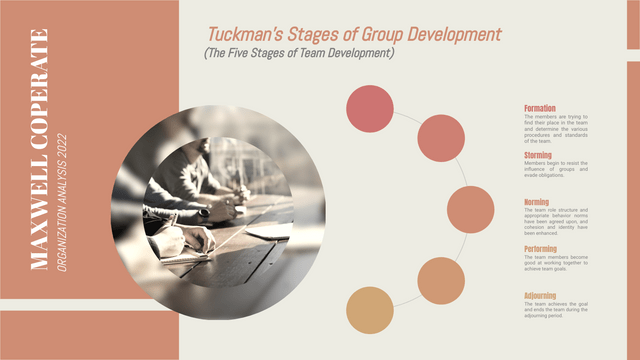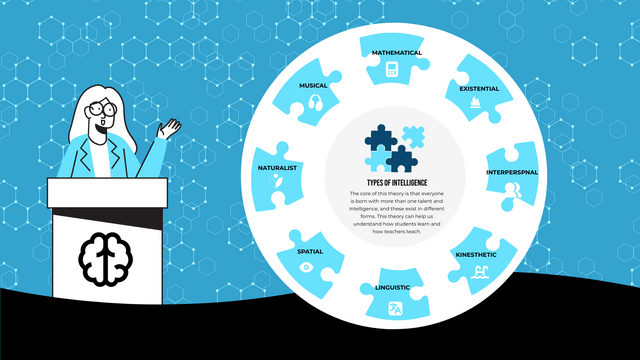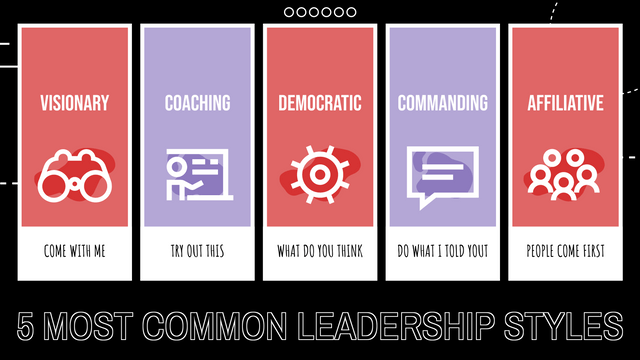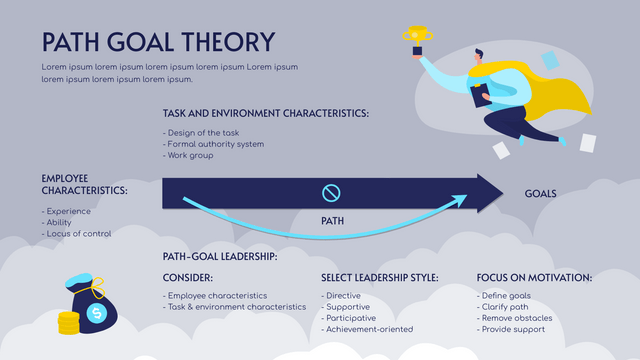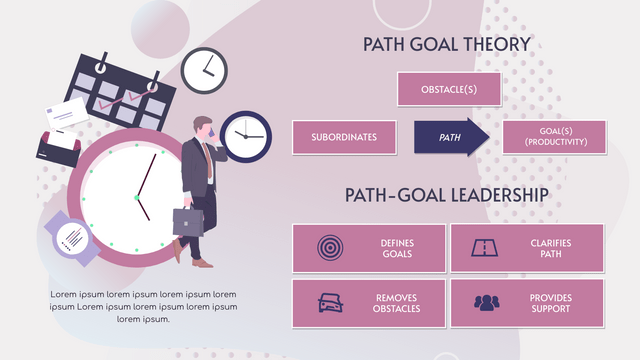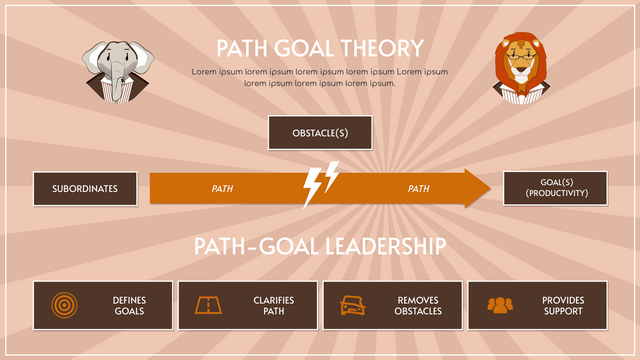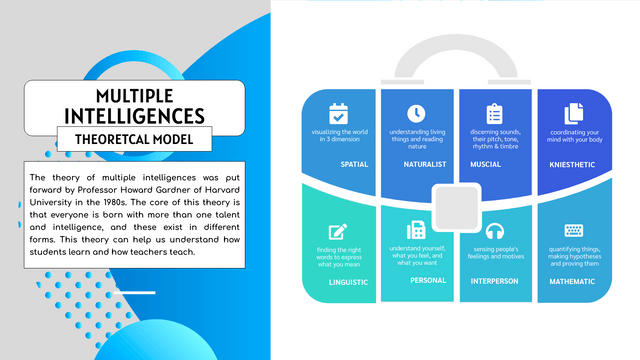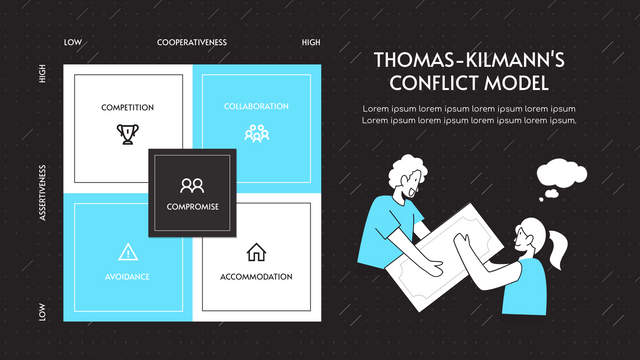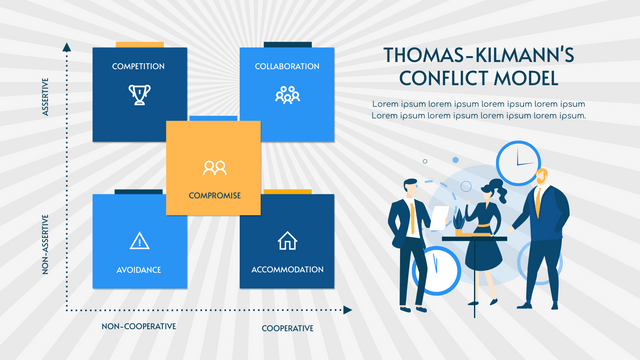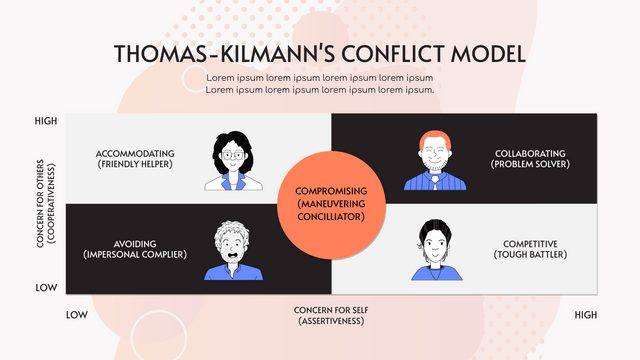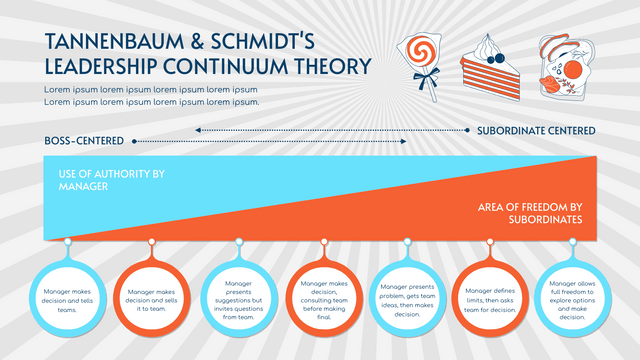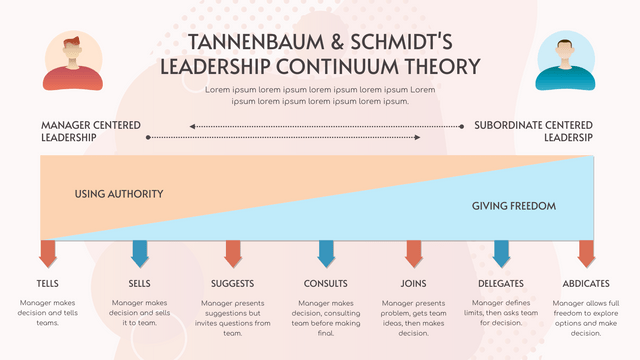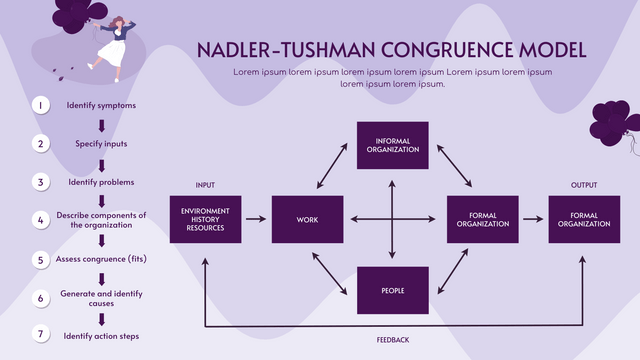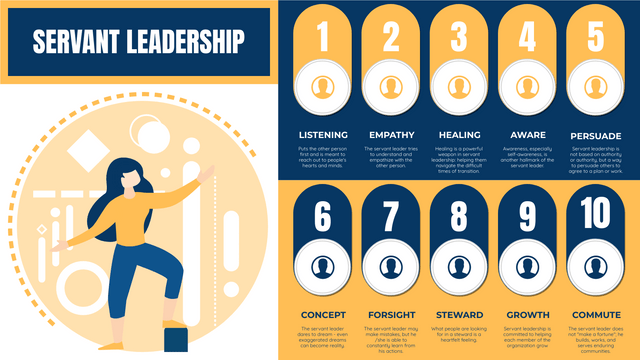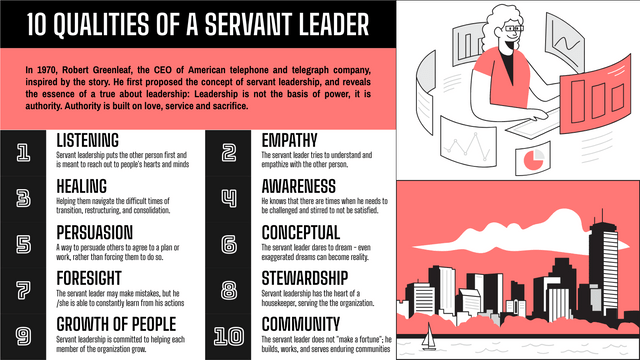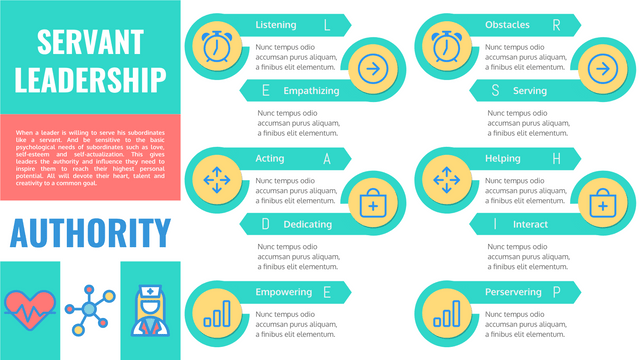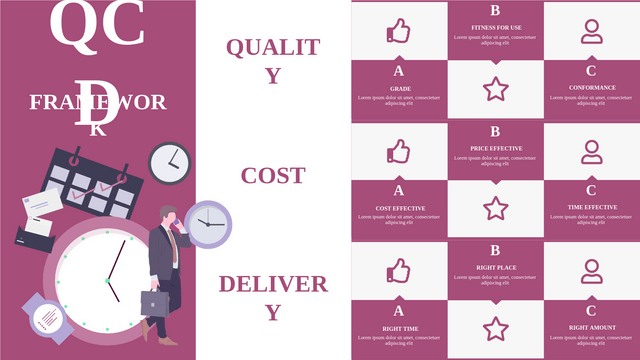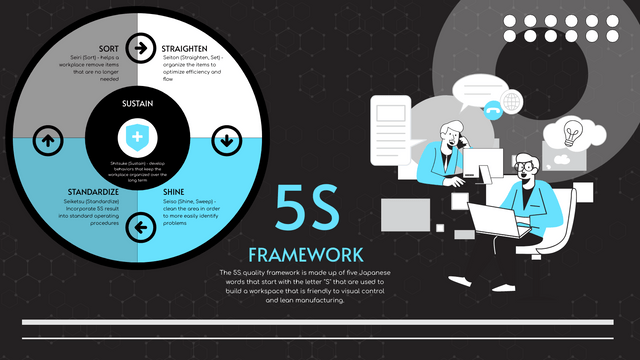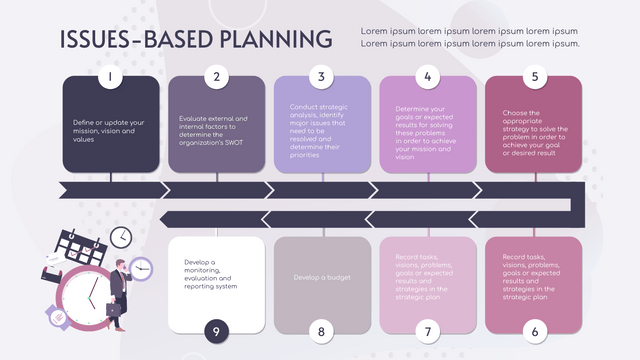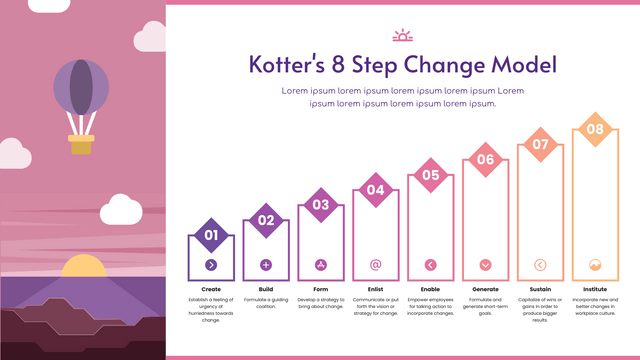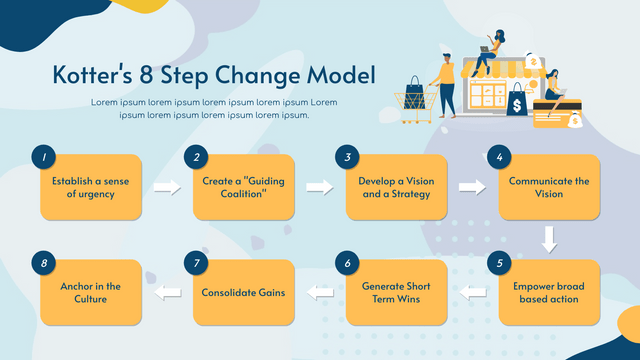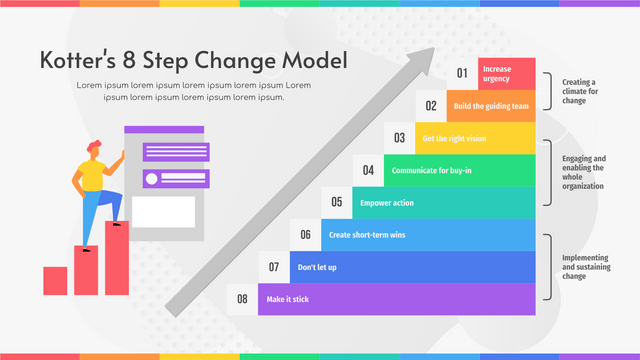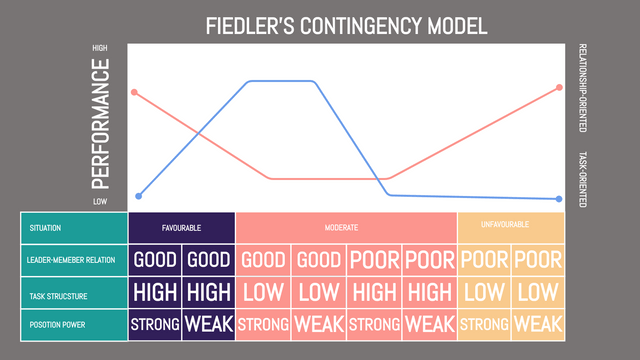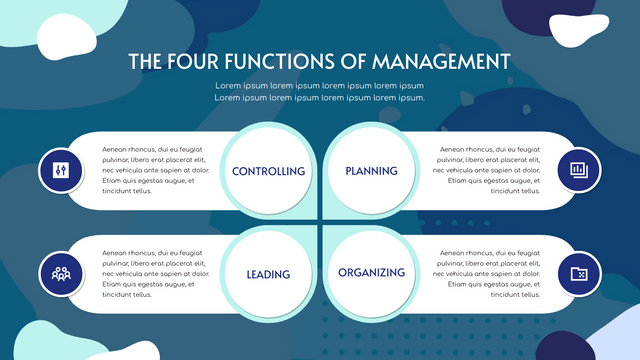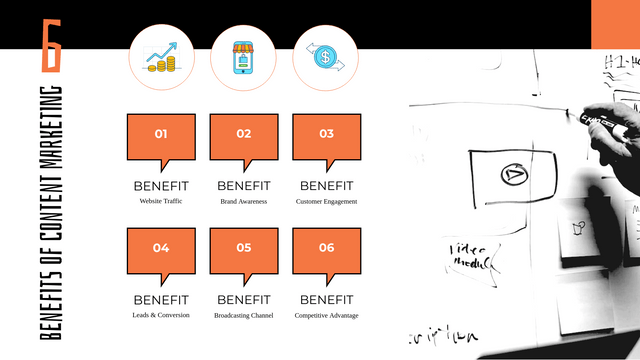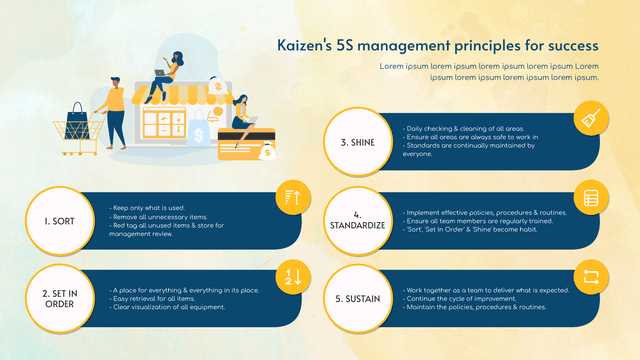What are the Five Dysfunctions to Teamwork?
Patrick Lencioni, a strategist and speaker, wrote the business book “The Five Dysfunctions of a Team”. It was released for the first time in 2002. It describes the pitfalls that teams confront while trying to grow together. According to Lencioni, the team usually encounters five basic dysfunctions as listed below:
Lack of trust. This problem stems from the fact that most team members are afraid of being targeted. Everyone is unwilling to admit each other's shortcomings and weaknesses, so it is impossible to build a foundation of trust.
Fear of conflict. That leads to fear of conflict. There is no direct, intense exchange of ideas between teams. In its place are unfocused discussions and irrelevant opinions.
Lack of commitment. It leads to a lack of commitment. If team members can't really engage and express their opinions in a heated public debate, it's hard to reach a consensus and make decisions.
Avoidance of Accountability. Because there was not enough commitment and in fact no consensus. As a result, team members pass the buck and don't want to take responsibility.
Inattention to Results. This happens when team members put their individual needs above the common good of the whole team.
These are five specific dysfunctions that teams usually encounter, according to Lencioni. These may lead to miscommunication, confusion, and poor morale, as well as have a negative effect on whole companies. He defines and describes each dysfunction, as well as how to resolve them and build a more unified, high-functioning team.
Characteristics of a Truly United Team
Mutual trust among members.
Direct debate on different opinions.
Actively participate in decision-making and action plan.
Be responsible for the actions that affect the work plan.
Focus on group achievement.
Five Dysfunctions to Teamwork Template
Here is a Five Dysfunctions to Teamwork template created with Visual Paradigm's strategic analysis tool. You can customize this template by modifying the text, color, clipart, etc.


